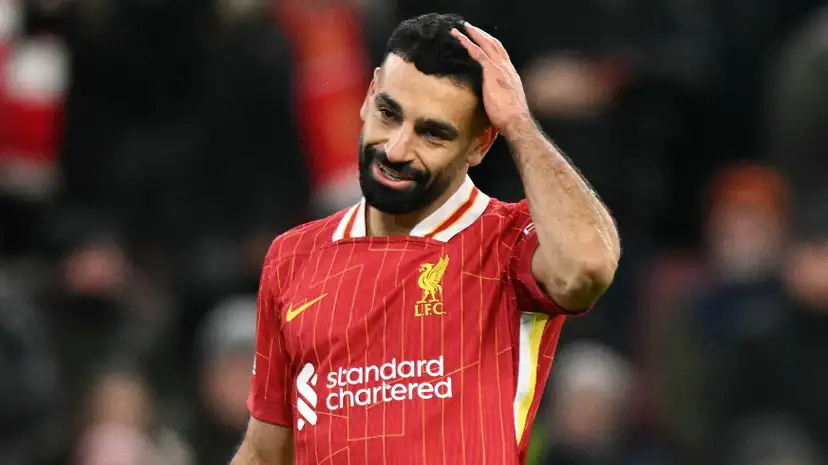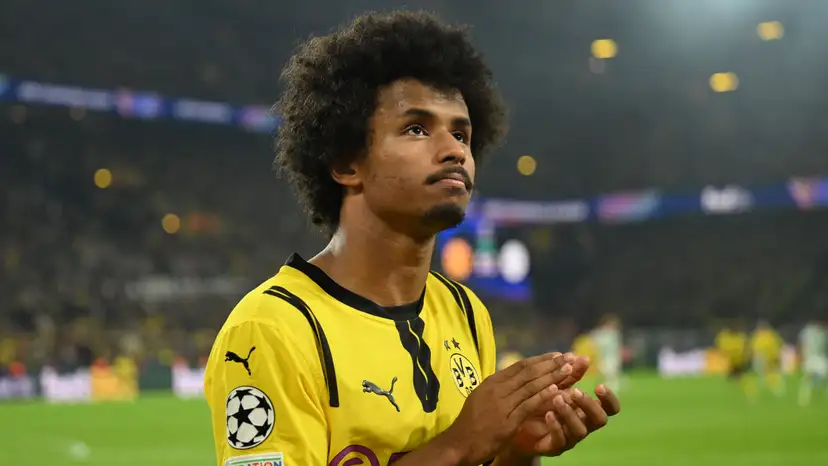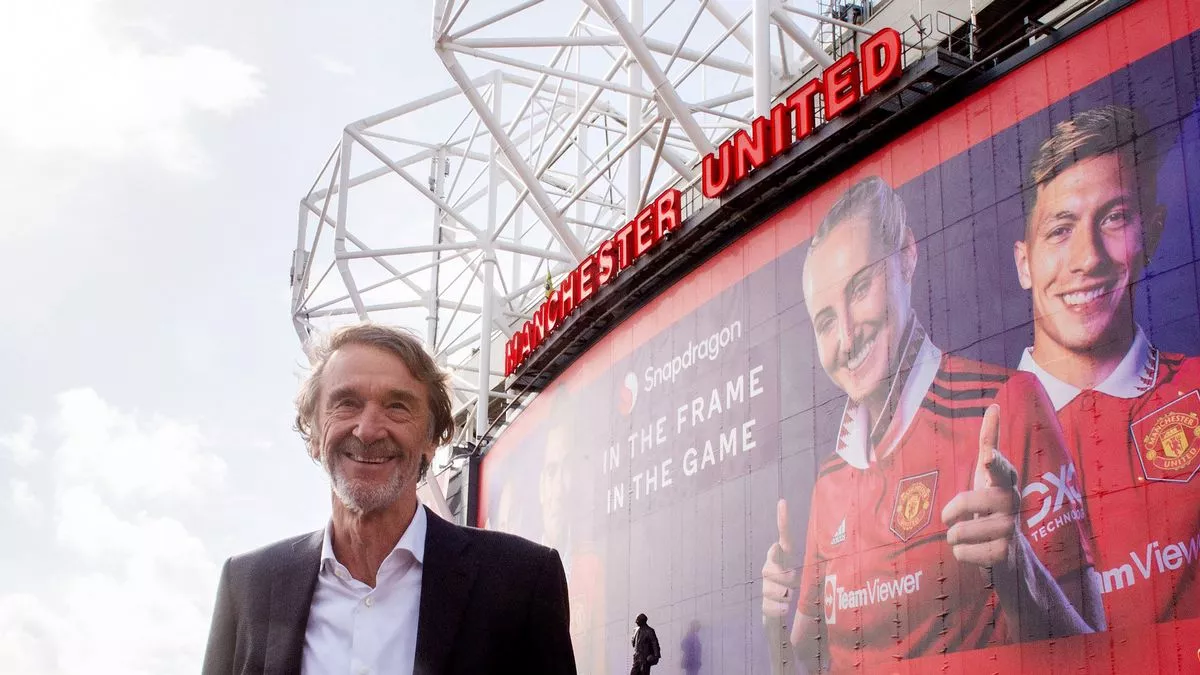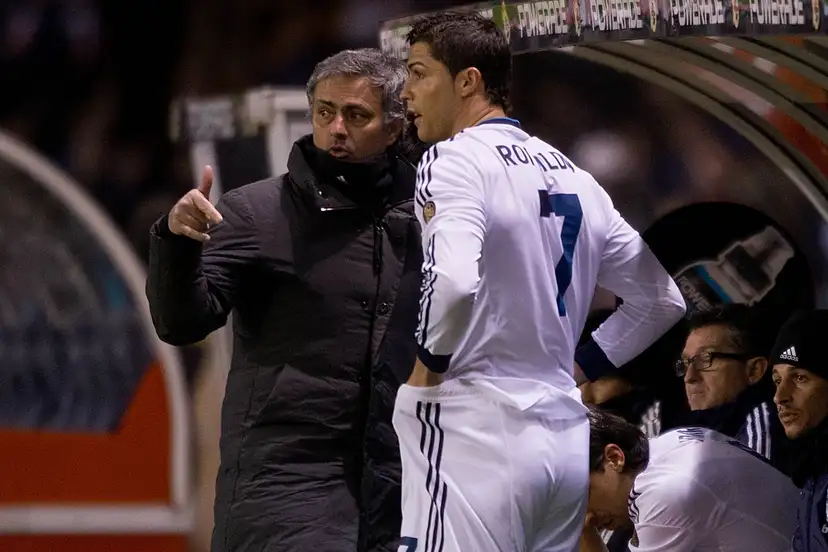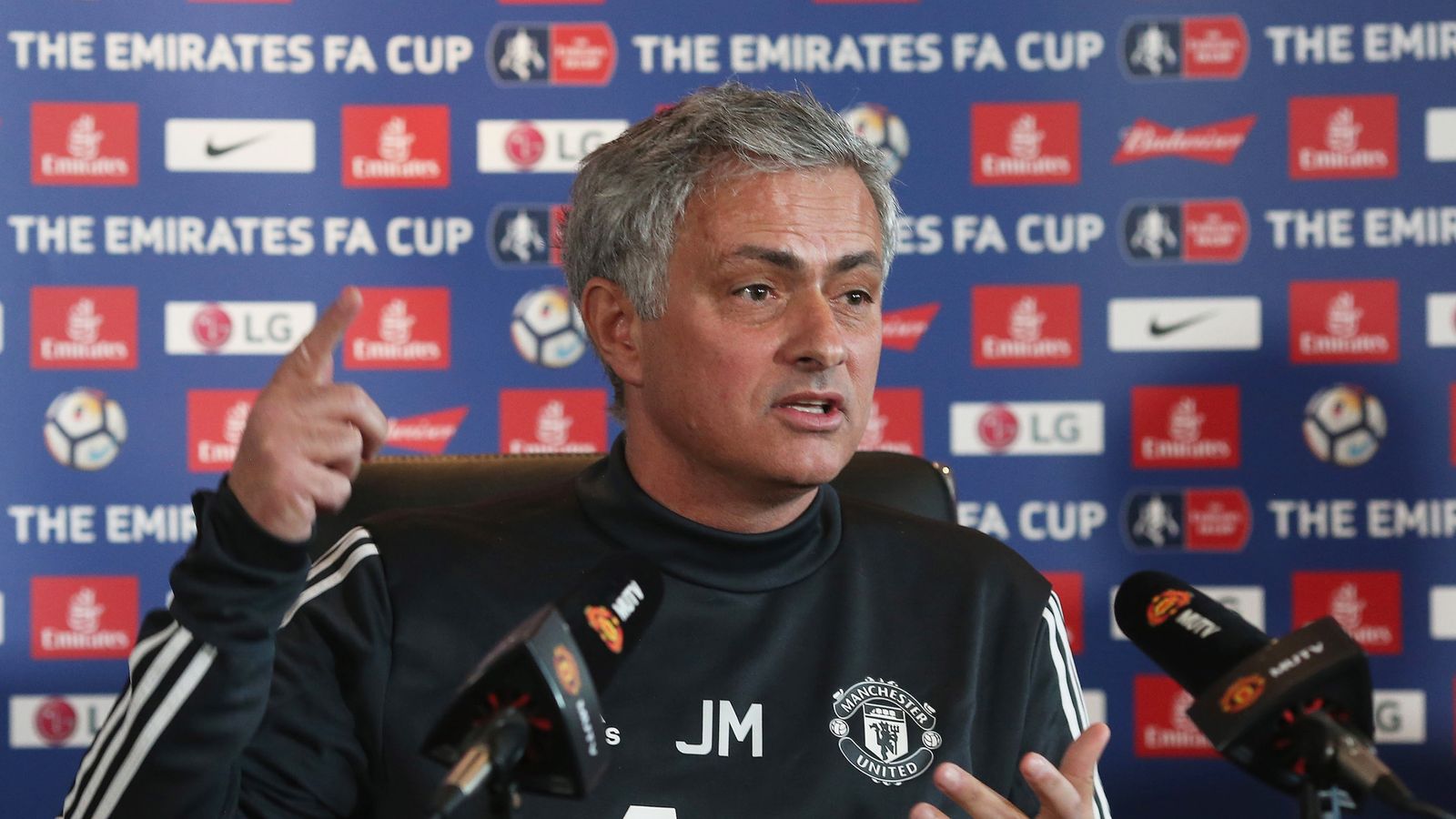
Football heritage is one of those phrases everyone uses but rarely defines. It is not the number of trophies in the cabinet or the age of the club badge. It is the identity that survives long after the players, managers, and owners have changed. It is the style people expect when they watch the team. It is the connection between the club and the community that built it. It is the emotional history that cannot be replicated, copied, or bought.
This idea is under pressure. Modern football moves faster than ever. Managers barely last a year. Owners want global reach. Clubs chase revenue streams in every direction. Everything is rebranded, repackaged, and sold. In the rush to compete financially, the deeper layers of identity are often pushed aside, treated as decorative instead of foundational.
That is the heart of the argument. True football heritage is not measurable, but it defines who a club is. It is a blend of philosophy, values, and community memory. When a club respects that blend, supporters feel connected even during bad seasons. When it is abandoned, results do not matter. The sense of belonging disappears, and the club loses the one thing money cannot replace: its soul.
Every heritage-rich club has a recognisable idea of how football should be played. It might be an attacking instinct, a counter-attacking identity, or a technical blueprint built through the academy. This philosophy becomes the club’s internal compass. Ajax do not suddenly abandon their principles because a season goes wrong. For decades, Barcelona’s entire structure was built around a single idea passed down from Cruyff. Even when results dip, the identity remains the reference point.
This is not just about tactics. It is about culture. A club admired for resilience must still show resilience. A club known for flair must still trust skill. These values define the expectations supporters carry, and they form the emotional connection between the team and the people watching it.
A stadium becomes part of the club’s personality. It carries the weight of old victories, collapses, comebacks, and iconic nights. Supporters feel that history when they walk in. Opponents feel it too. Places like Anfield, the Bernabéu, San Siro, and La Bombonera are not considered special because of architecture. They matter because of what happened there.
Matchday rituals build this connection. Songs, chants, banners, and generational traditions turn a stadium into a living museum. These are the elements that survive decades, no matter who is on the pitch.
Heritage grows stronger when certain players or managers embody the club’s values. Icons become reference points for future generations. The club’s myth is built through them. They represent what the institution stands for, and their stories reinforce what the shirt is supposed to mean.
Some clubs have made their identities synonymous with heritage. Real Madrid built theirs on an institutional obsession with winning, where European nights and the weight of the shirt define expectation. Barcelona’s heritage is ideological, shaped by Cruyff and La Masia, where playing a certain way is as important as winning. Ajax preserve theirs through a philosophy passed down via their academy, while Liverpool and Manchester United anchor theirs in tradition, youth, and emotional connection. AC Milan, Athletic Bilbao, and Borussia Dortmund show that heritage can also grow from elegance, local identity, or supporter culture. Across these examples, the common thread is consistency, an identity that endures beyond managers, players, and fleeting results.
Heritage is tested when clubs face change, pressure, or the lure of short-term success. The academy is often the first line of defense. It is not just a development system; it is the vessel that carries the club’s philosophy forward. Local players breaking into the first team act as a bridge between past, present, and future, showing that the club’s identity survives beyond individual seasons or managerial tenures. They are living proof that the “way” continues, even when the team struggles or outside influences push for change.
Financial power is the other major challenge. Signing global superstars brings skill, but not necessarily respect for history. When a manager arrives focused solely on quick results, long-standing principles can be discarded, and the club risks turning into a collection of talent rather than a coherent institution. Heritage is not preserved by trophies alone; it requires continuity in approach, understanding of culture, and reinforcement of values. Without that, a club may win today and lose its soul tomorrow.
Modern football also threatens heritage through branding and commercialism. Kit redesigns, badge changes, and stadium naming deals can alienate supporters because they tamper with symbols that carry decades of meaning. These decisions often prioritize global appeal over local identity, turning heritage into a commodity rather than a lived experience.
The rise of “plastic” heritage compounds the problem. Clubs now manufacture nostalgia with retro kits, pre-game montages, or slogans that claim history without reflecting the values behind it. This is especially visible when clubs chase trophies as a shortcut to identity. Winning silverware can feel like heritage in the moment, but if it is not grounded in the club’s philosophy and values, it is hollow. True heritage survives bad seasons, financial pressure, and globalisation, it cannot be faked, packaged, or bought.
Football heritage is the unwritten agreement between a club and its supporters. It explains why fans remain loyal even during catastrophic results, because they are invested in identity, values, and shared history, not just fleeting success. Heritage gives a club meaning beyond the scoreline; it is the reason a supporter’s passion endures through seasons of disappointment, managerial changes, or player turnover.
When a club abandons its heritage, by discarding its philosophy, ignoring local ties, or prioritizing commercial gain over identity, it risks losing the most dedicated supporters. Trophies can be bought, but the emotional bond cannot. Heritage is cumulative, earned over decades, and reinforced every time the club honours its values. It is the one competitive advantage in football that no money can replicate.
In an era dominated by financial power and instant results, true football heritage stands apart. It is the soul of the club, preserved through time, continuity, and respect for what came before. Clubs that understand this survive beyond individual seasons, leaving a legacy that generations of supporters can carry forward, long after players and managers are gone.


